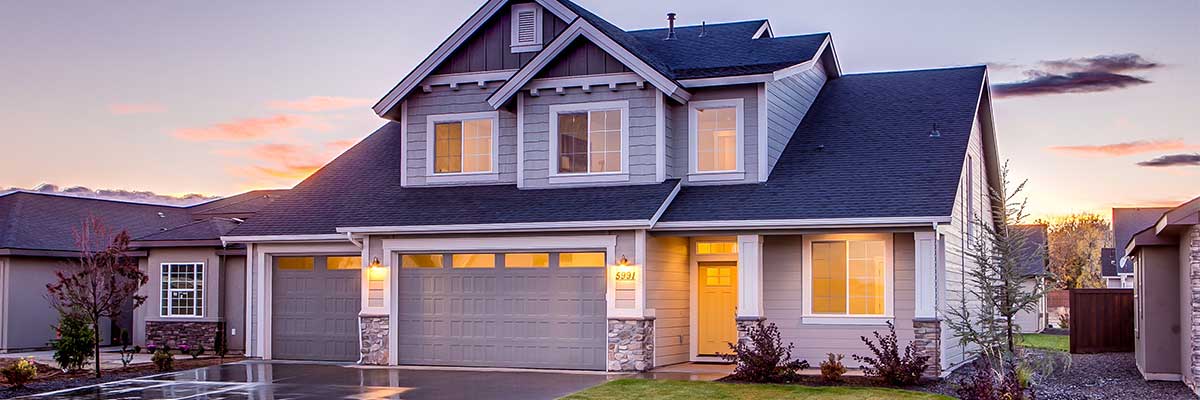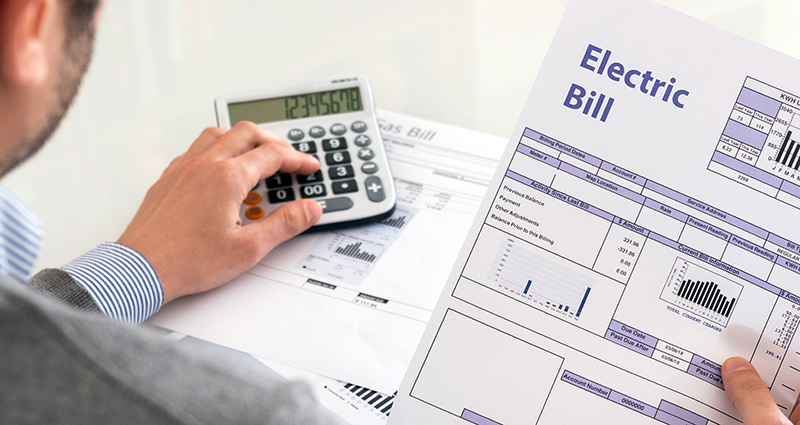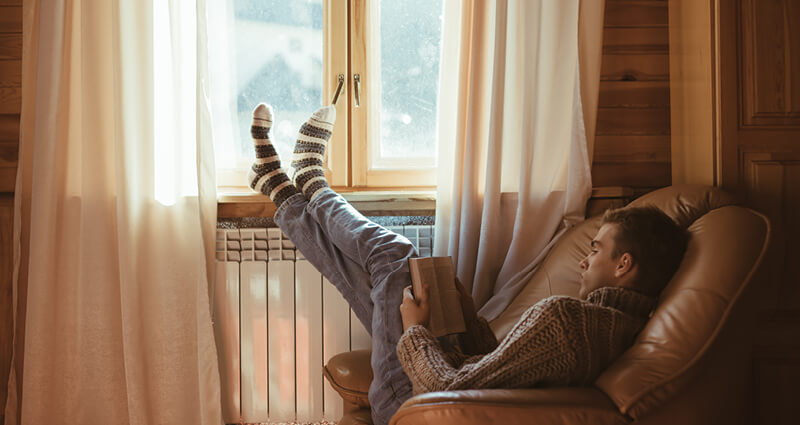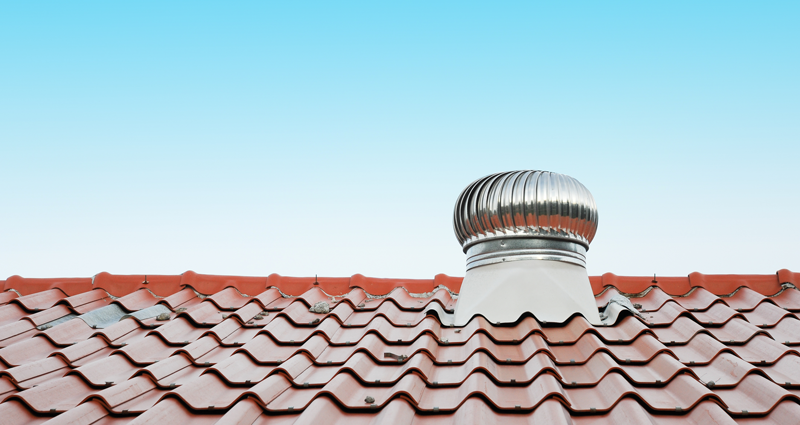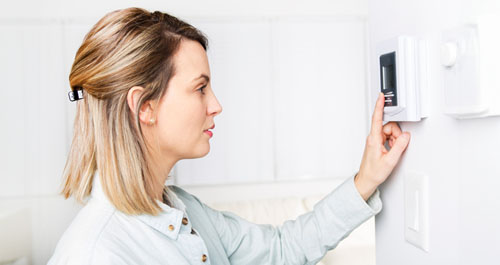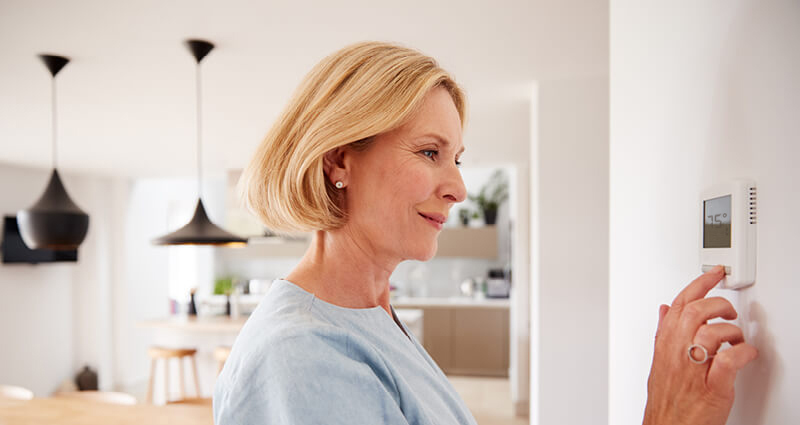Why home humidity is important
The right average home humidity level in your home can have a significant impact on your health as well as the health of your house. A low average humidity in your house can cause dry skin, chapped lips, bloody noses, and can aggravate conditions like asthma and bronchitis. In addition to your wellbeing, there are a number of other complications that can arise if the humidity levels in your home are off. This includes damage to the home’s paint or siding, and increased mildew growth and odor. Controlling your humidity levels also reduces the prevalence of dust mites and potential pest infestations in your home, while also reducing your energy use.
That ideal average humidity in houses and offices is about 45 percent — providing a moisture mixture that is comforting, not cramping. Humidity levels below 30 percent are simply too dry, and once humidity levels climb above 50 percent, it’s too damp to be comfortable.
Preserving that hallowed 45 percent humidity, however, demands different strategies based on your existing humidity level. Let’s explore what you can do if the humidity level in your home is too low or too high.
Solving for low humidity levels
If you’re suffering from low humidity in your house and office spaces, it means the air is too dry. Fortunately, adding more water to the air is easy. The simplest and most energy efficient thing you can do is make the most of evaporation by hang-drying wet clothes or towels in overly dry rooms. Even a container of water near the radiator or heating system can do the trick.
If your situation is more serious than a smattering of water sources can handle, you can invest in a humidifier and place it in the room of your choosing. These systems use a wick to capture water before the accompanying fan blows the moisture through the home. This system will increase the humidity in a given area more quickly than a set of wet towels, as long as you remember to refill the tank as needed.
Finally, if you’re looking for a humidity solution for the whole house, consider adding a total house humidifier to your furnace. With this addition, water vapor will be distributed throughout the house through your furnace’s duct system, just as heat is in the winter. This, of course, represents a more expensive option — particularly if you choose to have it professionally installed — but it will provide your home with total coverage.
There is an important exception to the 45 percent relative humidity sweet spot, however — if you live in a cold climate, your relative humidity should be lower in colder temperatures. If your relative humidity is too high for the weather, you may start to see condensation forming on the inside of your windows or even your walls. This effect is worse in homes with single pane windows and insufficient insulation, and it can produce mold, mildew, and rot in wood and drywall. Well insulated homes can keep the relative humidity a little higher.
This home humidity levels chart offers guidelines for managing relative home humidity during cold weather:
Outside temperature (degrees Fahrenheit) Indoor relative humidity
20° - 40° 40 percent
10° - 20° 35 percent
0° - 10° 30 percent
-10° - 0° 25 percent
-20° - -10° 20 percent
Below -20° 15 percent
Eliminating high humidity
If you have the opposite problem and humidity levels in your home are too high, you have a number of options as well. The first is to install a dehumidifier, which operates exactly like a humidifier in reverse, sucking water from the air. These are an effective solution for smaller spaces, but you’ll have to remember to empty the tank once it is full. Most systems will carry a warning light letting you know when it's time to do this.
In addition to the natural humidity levels outside, activities like stovetop cooking can greatly contribute to higher humidity levels. To reduce these humidity levels, run the ventilation fan in your kitchen and cover cooking pots on the stove to prevent steam from transferring into the air. The same goes for long, steamy showers — try to keep the steam production to a minimum by taking shorter and cooler showers and use the exhaust fan to eliminate the steam you do create. And, per the humidity-adding recommendation above, avoid hang-drying laundry indoors if you already have a humidity problem.
Another important factor in dehumidification is keeping your air conditioner in good condition. In addition to lowering the temperature, air conditioners also dehumidify. If you have a sudden and unexplained humidity problem in a home with central air conditioning, it’s possible that the problem is in the condenser.
Finally, don’t be afraid to get a little creative with your dehumidifying strategies. If you have a crawl space with a dirt floor, cover it with a vapor barrier. Also, consider adding a few Boston ferns to your home. These houseplants are especially adept at absorbing water from the air.
Whether your home is too humid or not humid enough, you don't have to suffer in these less-than-favorable conditions. With a few simple remedies, your house can be more comfortable in no time.


























